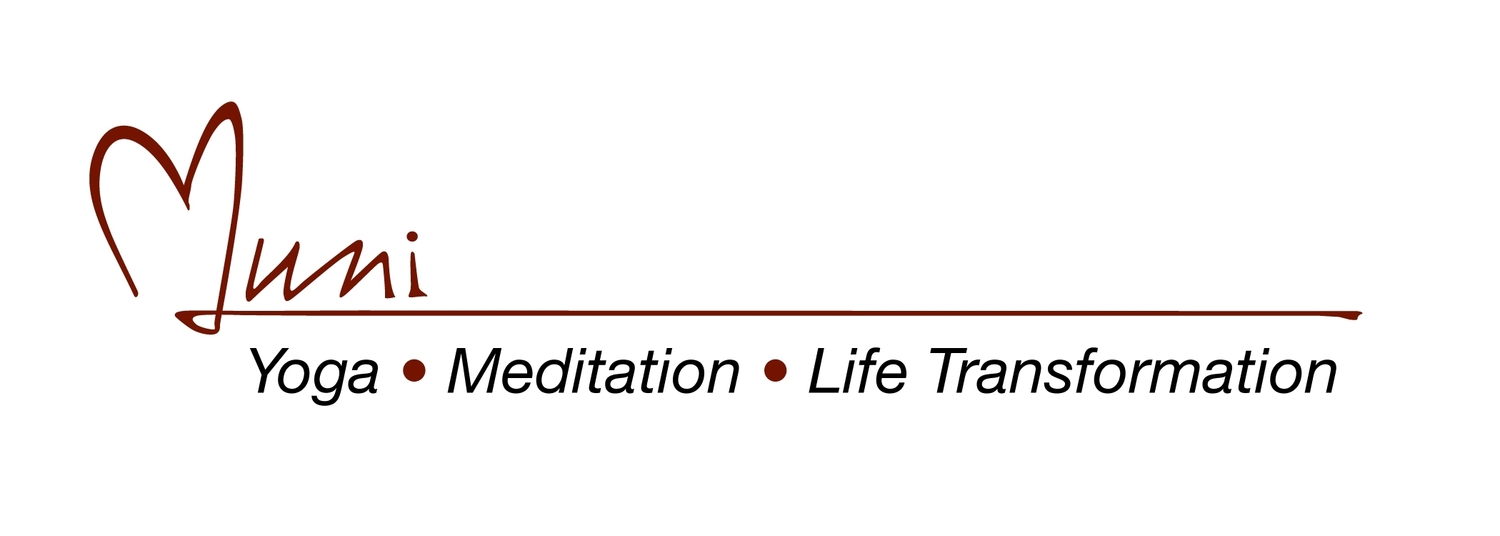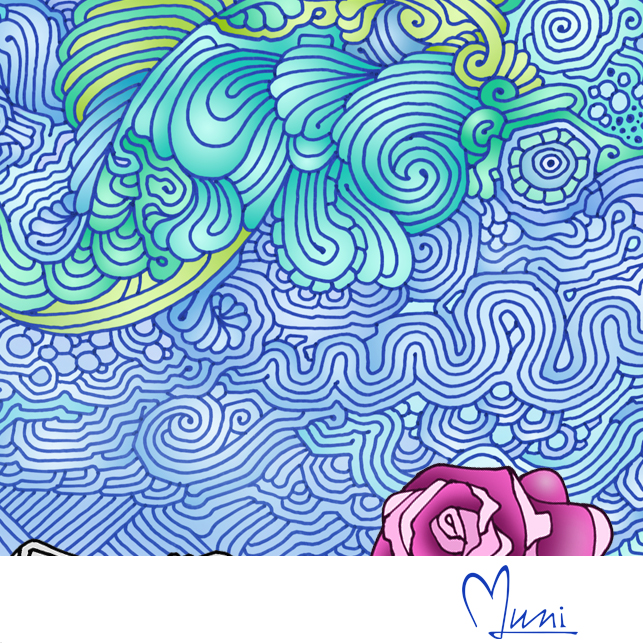Flowing — Moving awareness at will
/In this practice, entitled “Flowing,” we will be creating and performing two guided meditations designed to help us develop our inborn ability to intentionally move awareness at will. One of these meditations will be designed as a script. The other will be designed as a map. As we practice both of these meditations we will be tapping into what we have learned over time from watching the performances of great television, movie and stage actors, who have become—by their natural ability and acquired skill—great movers of awareness.
In preparing our guided meditation with scripting, we will compose a script conveying the enactment of a series of thoughts and emotions that starts negatively and ends positively. In this script there will be no dialogue or monologue. Here is an example.
“John enters a room and sits down on a sofa. He is overcome with sadness and grief. Just minutes before, he and his wife, Jane, had argued. This was nothing new. They argued often. This time, however, Jane had stormed out of the house, vowing never to return. Now, the anger John had experienced while he and Jane were yelling at each other turns into anguish. Yet, just as he is about to cry, he remembers exactly what it was Jane said that made him so angry. And again, he becomes upset, this time trembling with rage. In his rage, he begins to mentally chastise Jane for everything he can remember she ever did to upset him. As he reviews all of these bothersome events, however, he sees they were not all generated by Jane. He realizes many of them were of his instigation. In this revelation he feels remorse. Soon enough, John is mentally apologizing to Jane for his faults. After this cleansing recognition and admission of his own shortcomings, John experiences a curiously uplifting sense of joyful freedom. He understands that in honestly looking at what he did, as well as the person he thought he was while he was doing what he did, he stepped into an ability to see himself as others might see him. In this detachment, he experiences a calm and gentle transcendence of burden.”
The meditation portion of this exercise occurs in two stages after the script has been written. In the first stage, we attempt to live out our script in our head as we read it through. In the second stage, we close our eyes to again experience our story line, this time without reading the script. A note: Although there is no monologue or dialogue in our script, we can have fun creating such imagined talking or conversing on the fly as we inwardly enact our story.
This kind of meditation requires visualization, a remarkable tool for moving awareness creatively. Be prepared to surprise yourself with how powerfully your visualizations can stir quite real emotional reactions and how intensely those emotions can activate quite real physical responses. In the truest sense, visualization is a practical implementation of mind over matter.
A guided meditation with mapping is similar to a guided meditation with scripting except that scripting is composed of words and mapping is composed primarily of pictures. While a script is a block of words that gives a somewhat detailed description of a story, a map is a collection of images that includes only enough words to convey but a hint of story outline.
The only words on a map are in event titles. These titles are placed aesthetically here and there on the map page and tied together with directional lines drawn artistically to represent the order of the story’s events. In the space left around these titles and connecting lines, drawn or painted imagery depicts the details of the events entitled. Here is an example description of how one such map might be drawn:
In the upper left corner of a full blank journal page, we write, “John and Mary argue.” We then draw a line from those four words across the top of the page to its upper right corner where we write, “Mary leaves home.” Connecting those words to the bottom-right corner of the page with another line, we write, “John is sad.” From this title, we draw a line half way across the bottom of the page and write, “John is angry.” From there we draw a line to the bottom left corner of the page to write, “John gets critical.” From that lower left corner we draw a line about half way up the left side of the page and write, “John has an insight.” Finally, we draw a line from “John has an insight” rightward to the center of the page where we write, “John experiences a curious transcendence.” Having now completed a briefly worded contour of our story’s journey, we go back and fill in the remaining blank space on the page with simple or complex illustrations depicting our story’s events in visual detail.
As with our script practice, the meditation portion of this map exercise occurs in two stages after the map has been drawn. In the first stage, we live out our map in our head, as we are looking at it with our eyes open. In the second stage, we close our eyes to again inwardly enact our map, this time without looking at it. In life as in yoga, these scripting and mapping meditations can be used as tools for moving awareness whenever we feel the focus of that awareness getting stuck or locked in thoughts or emotions we would like to leave. The example story lines above, for instance, could just as well have been scripts or maps conceived to methodically move ourselves—our awareness—up and out of unpleasant psychological conditions we have been experiencing, perhaps for years.
The workability of these meditations hinges upon our understanding and acceptance of the principle that each of us is a point of awareness free to travel in the mind as we wish and will. This practice of “Flowing” is designed to provide us with some experience that might generate this understanding and acceptance.
One final note: The words of the scripts and maps you create should be written in the third person rather than in the first person. In the above example, for instance, it is written, “John and Mary argue,” rather than, “My wife and I argue.”
This de-personalizing makes the application of scripting and mapping more beneficial for two reasons: 1. It provides objectivity. 2. It de-emphasizes an implication we are the life roles we play (by eliminating the pronoun, “I.”) Now, let us be the awareness we are and flow.
Flowing
• In the top left corner of a blank piece of paper, write “My Flow Script.” Under that title, compose your script.
A note: The “flow script” you compose will be most meaningful to you if it begins with a negative event that you have actually experienced. This will mean the first one, two or three events of your script will have already happened, while the remaining events of that script will have not yet occurred. In structuring these events that have not yet occurred, you will have an opportunity to intuit a movement of awareness that rises up and out of the negative state of mind you were in when you were experiencing the first event or events you recorded in your script.
• When you have completed your script, sit comfortably, breathe deeply and perform your flow-control meditation on the script you have just written—first, while reading your script with your eyes open; then, while remembering that script with your eyes closed.
• When you have completed your meditation, lie back (flat-back) in shavasana as you enjoy the aftermath of your script meditation.
• When you are ready to move on, sit up and write in the top left corner of another blank piece of paper: “My Flow Map.” Under that title, compose your map.
A note: This map can be a picture version of the script that you have just written, or it can be different. If it begins with and is based upon another event, work as you did with your script to compose a map that will end on a high note and leave you in a positive state of mind.
• Once you have drawn your map, continue sitting comfortably while breathing deeply and perform your flow-control meditation on the map you have just drawn—first, while looking at your map with your eyes open; then, while visualizing that map with your eyes closed.
• When you have completed your meditation, lie back in shavasana as you enjoy the aftermath of the practice you have just completed.
• After about ten minutes or when you are ready, sit up, and write in the top left corner of another blank piece of paper: “My Ever Moving Awareness.” Under that title, record your reflections upon your experience of creating and performing your scripting and mapping meditations. As you reflect, keep in mind this practice of “Flowing” was designed to provide you with an opportunity to acknowledge and exercise your inherent ability to intentionally move awareness at will from a negative to a positive state of mind.


